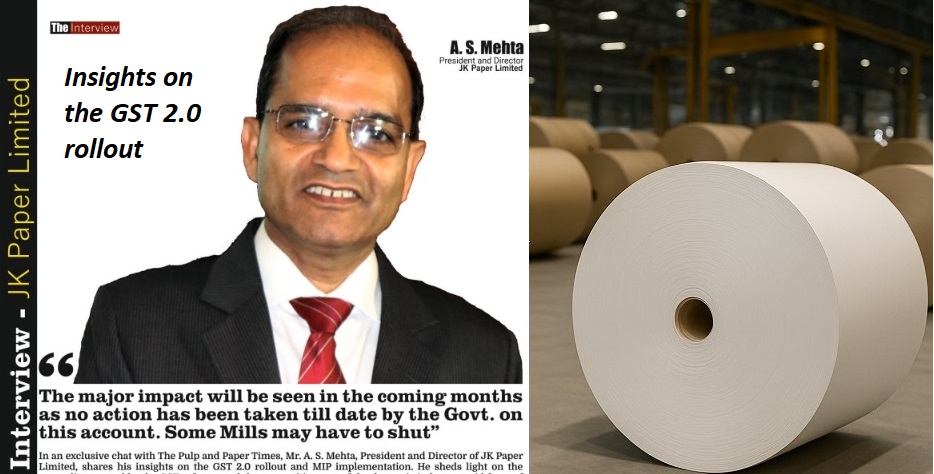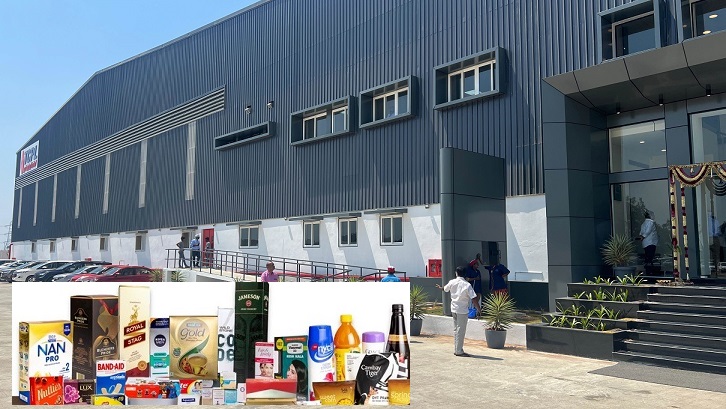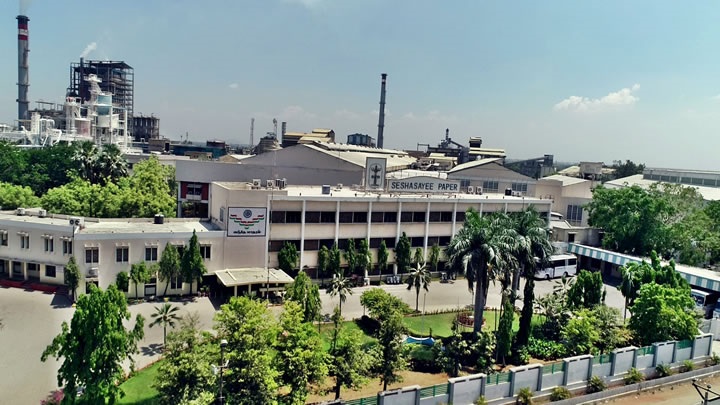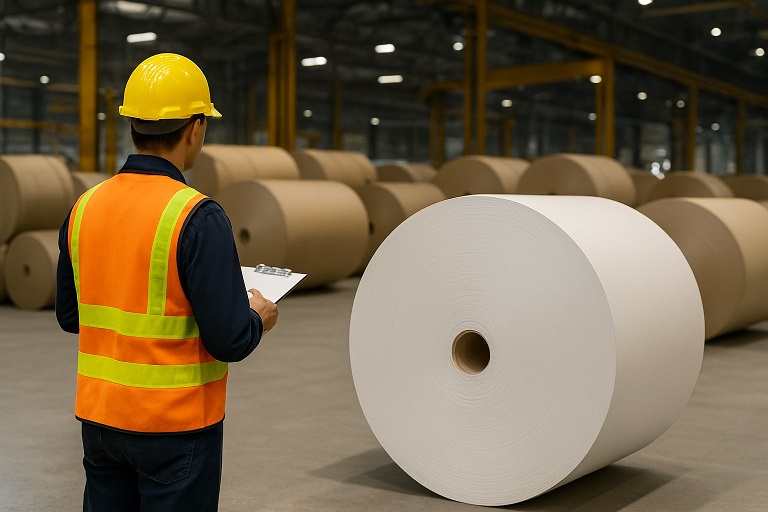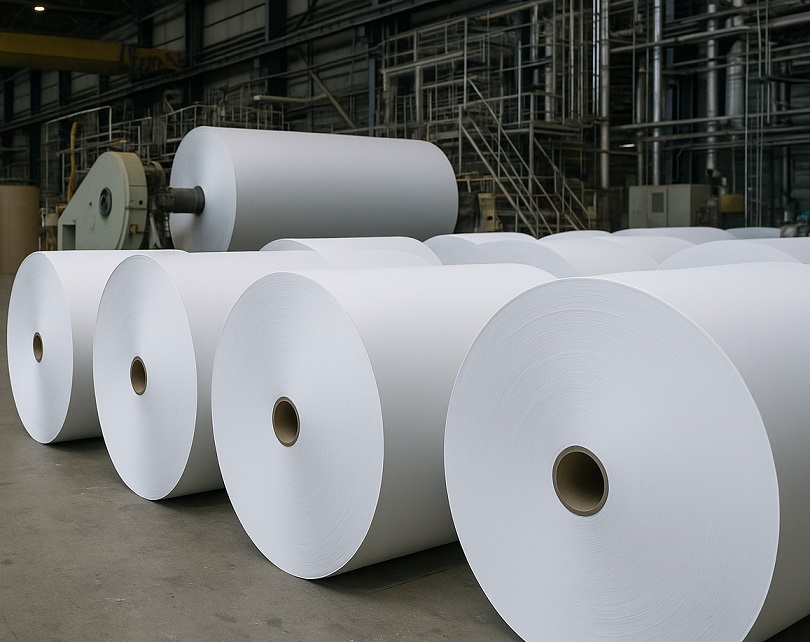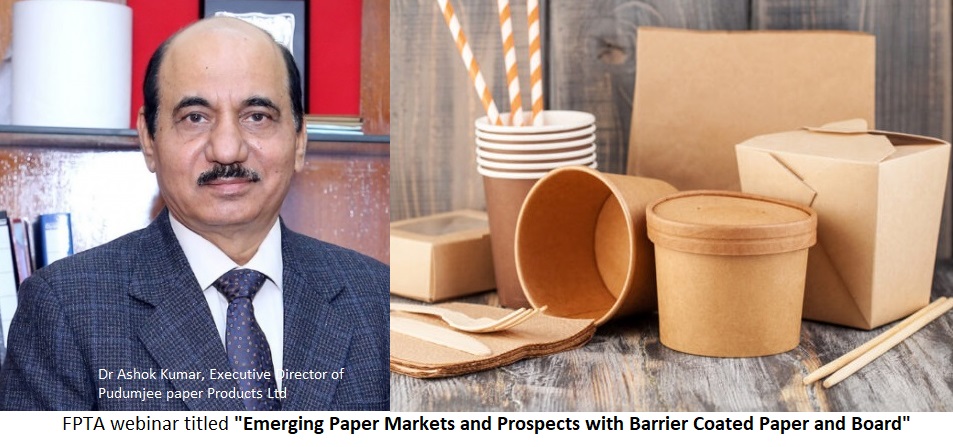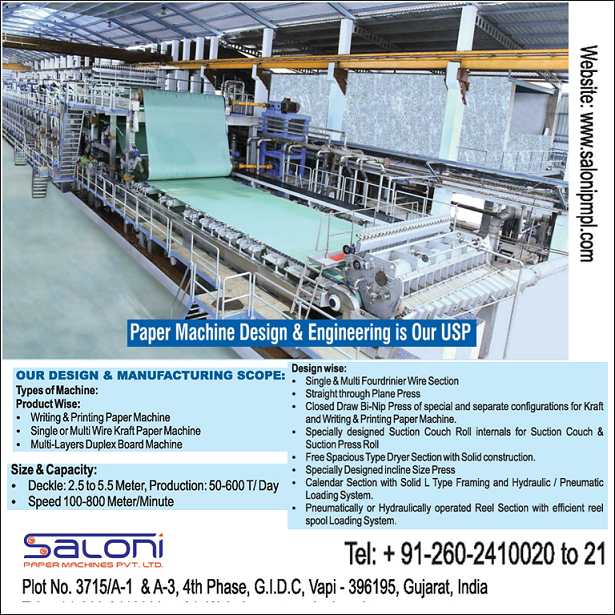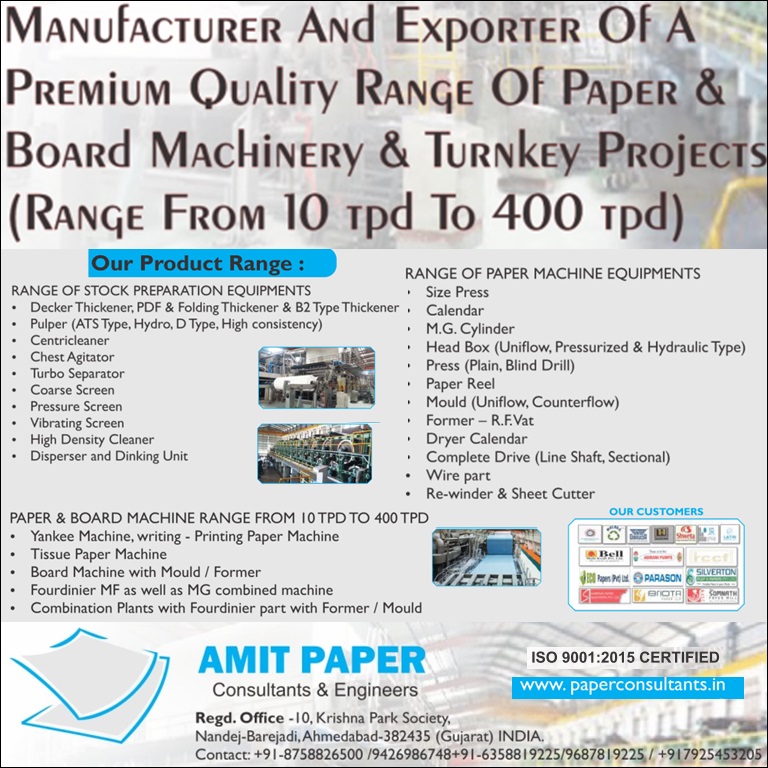India's total paper consumption sees a 20% share from imports; MIP may lead to higher prices for consumers: Key insights from PMA webinar
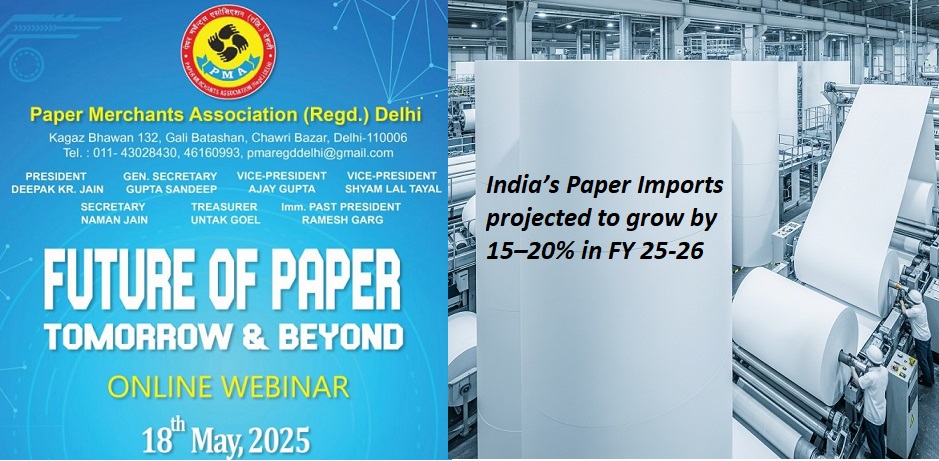
India's total paper consumption sees a 20% share from imports; MIP may lead to higher prices for consumers: Key insights from PMA webinar
- Total imports expected to reach 2.5-2.7 million MT by 2026
- 44% year-on-year increase in paper imports from China during the first half of FY24-25
- India’s Paper Imports projected to grow by 15–20% in FY26
The Pulp and Paper Times
Delhi, India – On May 18, 2025, the Paper Merchants Association (PMA) Delhi successfully hosted an insightful webinar titled "Understanding the Current State and Future of Paper Imports in India." The event brought together industry professionals, stakeholders, and enthusiasts who engaged in in-depth discussions on the rising trends, challenges, and future prospects of paper imports in India. PMA exclusively shared the insight of webinar with The Pulp and Paper Times
The webinar highlighted that paper imports in India reached 1.929 million metric tonnes in FY24, marking a 34% increase from FY23. This surge signifies a growing reliance on imported paper, now accounting for nearly 20% of the country’s total paper consumption. The value of these imports also saw a notable rise—from Rs 6,140 crore in FY21 to Rs 13,248 crore in FY24—reflecting a 29% increase in monetary terms.
Industry experts pointed to ASEAN countries as the primary suppliers, with Free Trade Agreements facilitating their growing presence in the Indian market. A significant portion of the discussion focused on the 44% year-on-year increase in paper imports from China during the first half of FY24-25, and how competitive manufacturing costs in countries like Indonesia and China are reshaping the landscape of Indian imports.
Looking ahead, speakers projected a continued upward trajectory in import volumes, estimating a growth rate of 15-20% through FY25-26. By 2026, total imports could range between 2.5 to 2.7 million metric tonnes, driven by escalating demand and evolving market conditions. The importance of sustainability and digital transformation emerged as critical themes influencing the industry's direction.
Participants also explored the challenges facing the paper import sector, such as aggressive pricing from low-cost foreign producers, the need to match global quality standards, and uncertainties in trade policies that complicate long-term planning. However, the discussion also spotlighted emerging opportunities in sustainable packaging and product innovation, encouraging stakeholders to emphasize value addition and differentiation to stay competitive.
Puneet Jain, a leading expert in the field, noted, “The insights shared during the webinar are crucial for industry stakeholders to navigate the evolving landscape of paper imports. As sustainability becomes a priority, understanding these trends will empower businesses to make informed strategic decisions.”
The Paper Merchants Association Delhi extended its sincere appreciation to all participants and speakers for their engagement and expertise. The knowledge and perspectives shared during the session are expected to serve as a valuable resource for the paper industry as it prepares for the future.
Discussion on Minimum import price (MIP)
The primary aim of the MIP is to prevent the influx of paper products at excessively low prices, which can undermine local manufacturers and adversely affect their profitability. By establishing a minimum price, the government seeks to create a level playing field for domestic producers.
Current Market Dynamics:
The paper industry in India has faced challenges due to a surge in imports, particularly from countries with lower production costs. The MIP is intended to mitigate the adverse effects of this competition and support the long-term sustainability of the sector.
Government's Evaluation Process:
The government is conducting a thorough analysis of the potential benefits and losses related to the MIP. This includes:
Economic Impact: Evaluating how the MIP could affect overall import volumes and pricing structures in the Indian market.
Industry Feedback: Gathering input from industry stakeholders, including manufacturers, importers, and trade associations, to understand the implications of the MIP on business operations.
Comparative Analysis: Examining similar measures implemented in other countries and their outcomes to inform the decision-making process.
Potential Benefits:
Protection of Domestic Industry: By raising the benchmark for imported paper prices, local manufacturers may experience improved sales and profitability.
Encouragement of Local Production: A higher MIP could incentivize investments in domestic production capabilities, fostering growth in the local paper industry.
Job Preservation: Supporting local manufacturers through MIP may help in preserving jobs and promoting employment within the sector.
Challenges and Concerns:
Increased Consumer Prices: There are concerns that implementing an MIP may lead to higher prices for consumers, as domestic manufacturers may pass on the increased costs.
Compliance and Enforcement: Ensuring compliance with the MIP regulations and monitoring import pricing will be crucial to the effectiveness of the policy.
Next Steps:
The government is expected to finalize its assessment soon and will announce its decision regarding the implementation of the MIP. Stakeholders are encouraged to stay engaged and provide feedback during this critical period.
Conclusion: The assessment of the Minimum Import Price is a significant step towards ensuring the long-term viability of the paper industry in India. As the government weighs the potential benefits and challenges, it remains committed to fostering a balanced and sustainable market environment.
Web Title: India's total paper consumption sees a 20% share from imports; MIP may lead to higher prices for consumers: Key insights from PMA webinar





 Join WhatsApp Group
Join WhatsApp Group Join Telegram Channel
Join Telegram Channel Join YouTube Channel
Join YouTube Channel Join Job Channel (View | Submit Jobs)
Join Job Channel (View | Submit Jobs) Join Buy Sell Channel (Free to Submit)
Join Buy Sell Channel (Free to Submit) Paper News Headlines Channel (Free to read)
Paper News Headlines Channel (Free to read)




